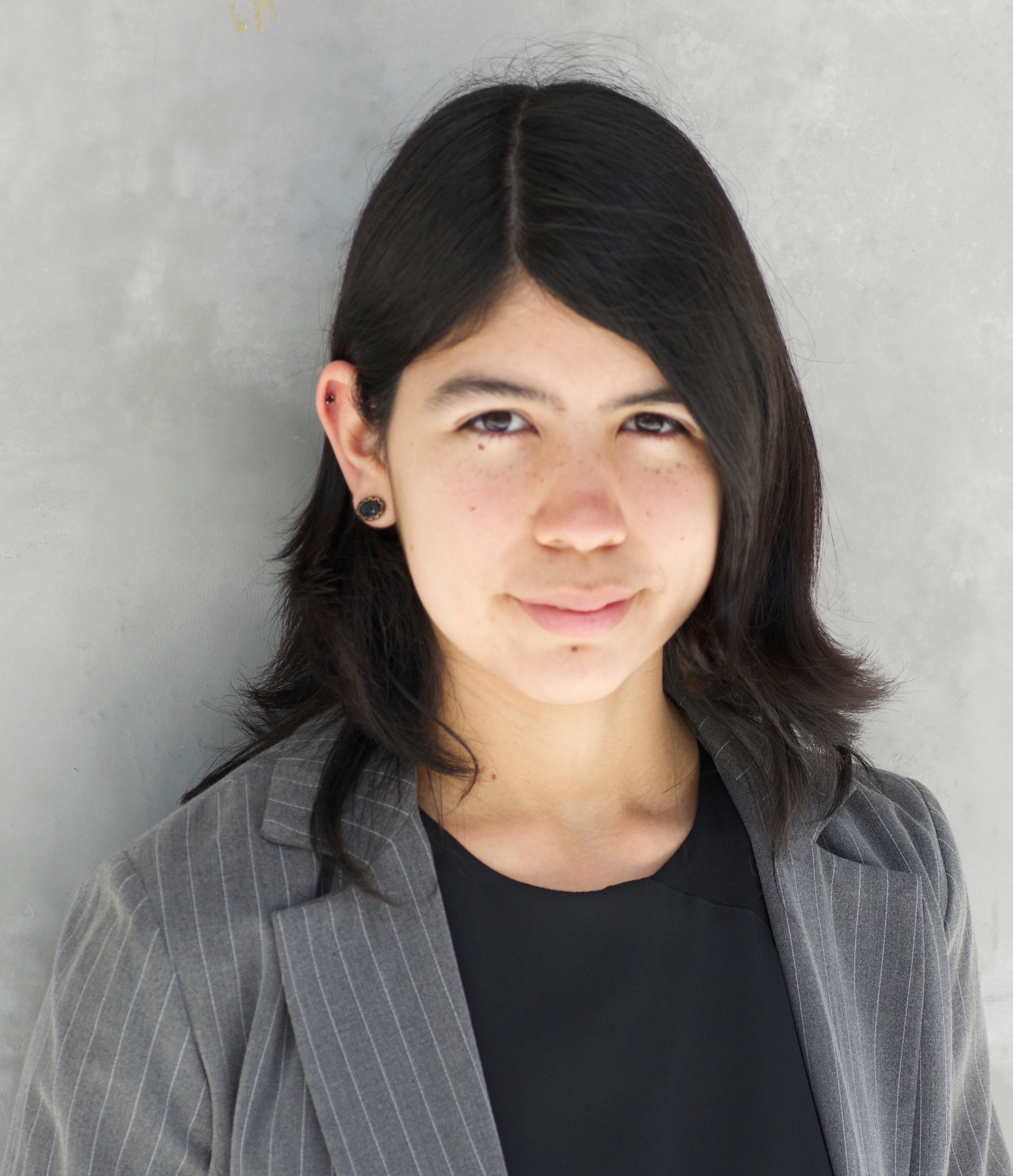
Advocating for Youth
CrystalVega, Urban Studies and Critical Diversity Studies ’18
What if local governments were the key to creating a new pipeline — a pipeline to the public sector? This is one of the projects being undertaken by the education and research nonprofit, the Institute for Local Government (ILG). Through their Governments Engaging Youth (GEY) project, they hope to simultaneously improve adult knowledge of youth issues and increase youth knowledge of local government operations. This is being done by equipping local governments with the tools and information necessary to create and implement their own GEY programs. The flexible framework model allows cities to adapt the program to meet their needs and capacities, with current sites differentiating in the length and budget of their project. Unlike other civic engagement programs, the Institute asks its community of practice to intentionally engage with disconnected youth defined as people between the ages of 16 and 24 who are neither in school nor in the workforce.
I know this because as a McCarthy Fellow, I was placed in this very same nonprofit and tasked with reviewing their online GEY toolkit and creating a California Youth Commission roster. Engaging youth in government processes and decisions does not seem like a radical notion, yet it is far too uncommon. While many cities and counties have advisory boards, commissions, or committees dedicated to Children and Families, they do not necessarily have youth seats. Approximately 90 out of 482 incorporated California cities and 10 out of 58 California counties have Youth Commissions, which are solely composed of and dedicated to young people. These statistics come from my own work at the ILG, reaching out to public officials across the state to ask about their Youth Commissions. While my passion for local government started at a young age during my time as a volunteer with the City of Bellflower, I did not know about the existence of Youth Commissions until this summer. The problem is two-fold: a lack of formal outlets for youth involvement in government and a lack of awareness when one exists.
There is a sense of urgency to this work, not only in light of the political climate of the federal government but also due to the number of public officials who will be retiring in the upcoming decades. Young people are a valuable asset to the public sector not only in the future, when they are of voting age and have years of experience under their belt, but also today as a unique perspective into issues as broad as education, public safety, and juvenile justice. Cities, counties, and special districts must first recognize this and then take steps to engage through civic engagement programs and Youth Commissions. Secondly, the public sector needs to be seen as a place to find competitive and engaging jobs that fulfill a variety of needs and interests — whether that be as an engineer, gardener, bus driver, or city manager. ILG has addressed the task of bringing awareness by encouraging partnerships between school districts and cities, counties, and/or special districts. Teachers, counselors, and case managers can serve as connectors between young people and public officials. While I am not a disconnected youth, I hold multiple identities that are often underrepresented in government at the local, state, and federal level. While my time as a McCarthy Fellow will soon come to an end, I hope to be a lifelong connector of young people to currently existing GEY programs and Youth Commissions, I would encourage young people to bravely enter these spaces and challenge cities, counties, and special districts to see young people as the asset that they are.
The San Francisco City Charter dictates that there be 17 Youth Commissioners, each of whom serve a 1-year term (historically, this term begins in August of each year). Each member of the Board of Supervisors and the Mayor appoint one Youth Commissioner; the Mayor is also charged with appointing 5 “members from underrepresented communities to ensure that the Commission represents the diversity of the City.” Commissioners must be between the ages of 12 and 23 and reside in the City & County of San Francisco.

